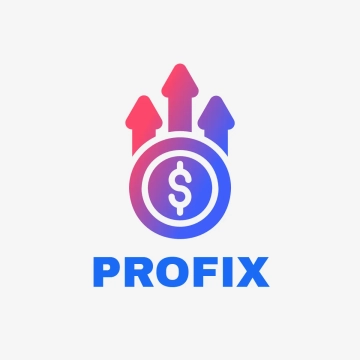Finance Audit Resolution
Date: [MM-DD-YYYY]
Prepared by: [Your Company Name]
Audit Period: [Audit Start Date] to [Audit End Date]
I. Introduction
This document presents the findings and resolutions following the financial audit conducted for the period specified. The audit was carried out to ensure compliance with applicable financial regulations and to assess the financial health and integrity of [Your Company Name].
The primary objective of this audit resolution is to address the findings of the audit, propose corrective actions, and establish measures to prevent future discrepancies and enhance financial management.
II. Summary of Audit Findings
This document presents the findings and resolutions following the financial audit conducted for the period specified. The audit was carried out to ensure compliance with applicable financial regulations and to assess the financial health and integrity of [Your Company Name].
Finding Number | Description of Findings | Area of Impact |
Finding 1 | Discrepancies in Accounting Records: Inconsistencies identified between ledger entries and financial statements, suggesting errors in bookkeeping or potential unrecorded transactions. | Financial Reporting and Record-Keeping |
Finding 2 | Non-Compliance with Tax Regulations: Failure to adhere to certain tax laws and regulations, resulting in incorrect tax filings and potential liabilities. | Tax Compliance and Legal Obligations |
Finding 3 | Inadequate Internal Controls: Lack of sufficient internal control mechanisms to prevent and detect instances of fraud or financial misstatement. | Risk Management and Control Systems |
Finding 4 | Inefficient Expense Management: Over-expenditure in several departments due to lax expense control and approval processes. | Cost Management and Budgeting |
Finding 5 | Outdated Financial Policies: Financial policies and procedures have not been updated to reflect current industry standards and regulatory requirements. | Policy Compliance and Best Practices |
III. Proposed Resolutions and Corrective Actions
Finding Number | Corrective Action | Implementation Timeline |
Finding 1 | Update and standardize accounting procedures to ensure accuracy in financial reporting. Implement a new accounting software system for streamlined bookkeeping. | Q2 - Q3, [Year] |
Finding 2 | Revise tax filing procedures to comply with current tax laws. Engage a tax consultant to review and adjust previous filings if necessary. | Q3, [Year] |
Finding 3 | Develop and implement a comprehensive internal control system, including regular audits and fraud detection protocols. | Q4, [Year]- Q1, [Year] |
Finding 4 | Introduce a stricter expense approval process and budgeting system. Conduct training sessions for department heads on expense management. | Q1 - Q2, [Year] |
Finding 5 | Revise and update all financial policies and procedures to align with industry standards and current regulations. | Q3, [Year] |
IV. Prevention and Improvement Measures
Long-Term Preventative Strategies:
Regular Internal Audits: To prevent future discrepancies and ensure compliance, we propose conducting regular internal audits. These audits will scrutinize financial records, evaluate the effectiveness of internal controls, and identify areas for improvement. This proactive approach allows for timely detection and correction of issues, thereby maintaining financial integrity.
Enhanced Training for Finance Staff: In addition to audits, we recommend implementing a comprehensive training program for the finance staff. This program will focus on current best practices in financial management, compliance standards, and ethical conduct. Regular training sessions will ensure that the finance team is well-equipped to handle complex financial scenarios and adhere to evolving regulatory requirements.
Continuous Improvement Plan
Financial Process Review: Implement an annual review cycle for all financial processes to ensure they remain efficient, transparent, and compliant with current standards and regulations.
Update Control Mechanisms: Regularly update and test the effectiveness of internal control mechanisms to adapt to new financial challenges and risks.
Ongoing Staff Training: Continuously update training modules to keep the finance team informed about the latest financial tools, technologies, and industry practices.
Policy Revisions: Conduct periodic revisions of financial policies to incorporate changes in laws, regulations, and industry best practices, ensuring the organization remains at the forefront of financial compliance and efficiency.
This comprehensive approach aims to establish a culture of continuous improvement and vigilance in financial management, ensuring the long-term financial health and sustainability of the organization.
V. Approval and Implementation
This resolution plan is subject to approval by [appropriate authority or board].
Upon approval, the implementation of the resolutions and corrective actions will commence as per the outlined timelines. Regular progress reports will be submitted to [relevant department or authority].
Authorized Signatory:
[Your Name]
[Your Job Title]
[Your Company Name]
Date: [MM-DD-YYYY]






























